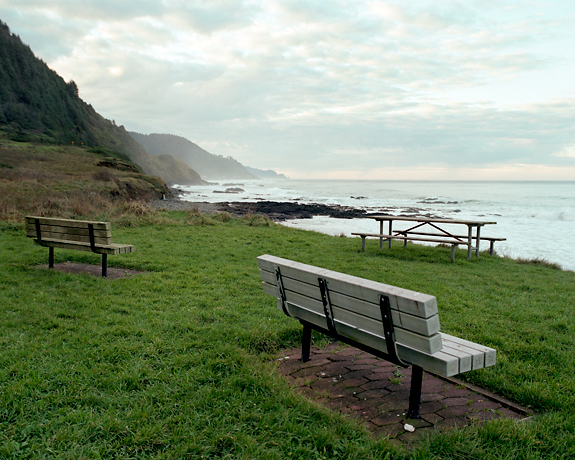
Newland presents photographs of spaces built in the last few years in five new Dutch towns. This project questions the construction of the identity of these towns. How have these cities with no history been drawn and laid out? What has been erected there? Which monuments for which celebrations? However, we don’t have enough distance with these objects to be able to appreciate their legacy value for the next generations. It seems that photography, by freezing places and times in such spaces, vouches for or creates the legacy status of these objects.
The drawn spaces take shape through the photographic staging, whose role is here to create a moment – a moment and a monument. Newland is an imaginary space because it merges the landscapes of five cities. These landscapes present a scenography of the promotional/advertising town. This photographic corpus claims to be, maybe paradoxically, an archive in becoming. We ask ourselves the question of durability, while facing landscapes that were still but drawings half a century ago. Now it’s up to the viewer to question the shift between the imagined territory, photographed here, and the representation of reality, that often escapes us.
— Maxime Brygo



